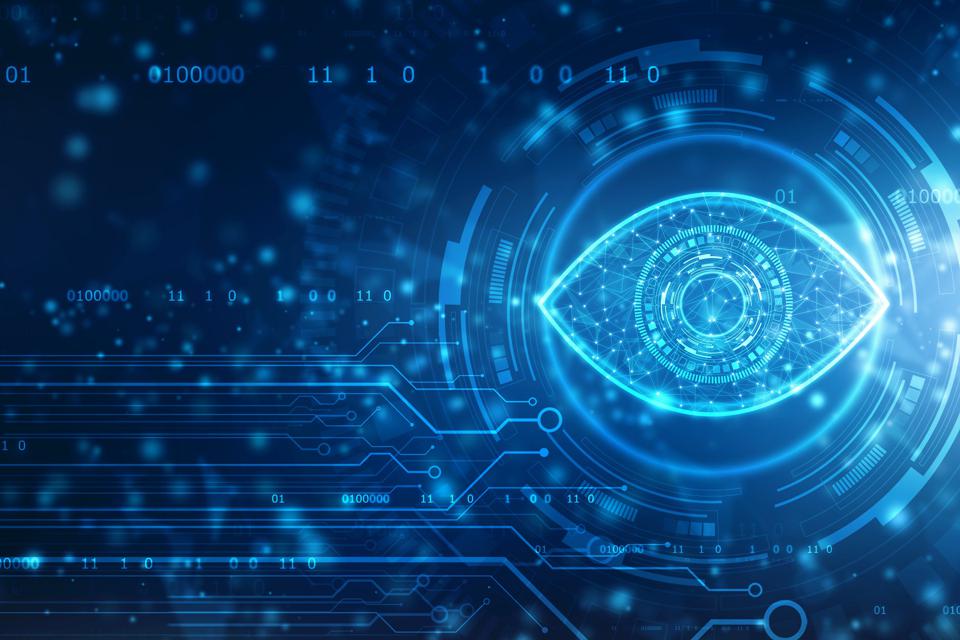
Key factors that define the success of retailers is the ability to handle five key challenges
- Multichannel buying options which requires efficient supply chain and inventory management.
- Seamless experience across stores in pricing and discount.
- Marketing infrastructure which can convey the right message.
- Visual inspection assistance for in-store executives.
- Excellent customer loyalty and brand management.
Technology intervention in the last decade has helped customers choose both web-store as well as brick and mortar store. This has given rise to one of the largest supply chain and inventory management nightmare for retailers.
An accurate and on demand audit of inventory in warehouse leveraging computer vision technology helps in managing an efficient ratio of demand and supply while reducing losses due to wastages, overstocking, and on-time availability of products.
Computer vision technology also assists in-store executives and management with repeatability and retrace-ability (auditability) capabilities and plugs the gaps in retail store operations while enhancing the customer experience.
Warehouse and stores are highly prone to security issues, which can be efficiently mitigated by having an artificial intelligence driven all-seeing eye that can alert and avoid any safety and security challenges.
However, adoption of computer vision technology within retail has remained limited to large scale retailers while all retailers, both large and small, face some common underlying challenges related to improving the efficiency of their supply chain operations, and inventory management and pricing (including discount and sales). AI-driven computer vision technology helps retailers in automating their entire processes from supply chain management to in-store operations including security and surveillance while reducing human intervention, which are prone to errors.
Why savvy large scale retailors invest in computer vision
Inventory and warehouse space management
Frequent and on-demand stock audit
Indoor micro drone based visual audit is implemented for stocktaking and space management. Drones are equipped with autonomous visual navigation with onboard computer for movement between the racks. Drones do an efficient and error-free stock-take using “ArUco” markers on the pallets and carton boxes.
This helps in frequent stock check to give reverse feedback to manufacturing unit / Inventory procurement unit to ensure adequate stocks are available for retail sales. This also helps in bringing transparency by enabling on-demand audit with absolute traceability, repeatability and log of the visual computer vision based inspection.
First-in and first-out
It is important to first ship the products with earlier manufacturing date to retail stores/customers in order to maintain a higher shelf life of products in stores. This reduces products being left out in warehouse beyond the expiry date and reduces loss due to discount being offered in retail stores due to lesser shelf life.
Optimize space in your warehouse
Identification of available space across all racks including the ones at the highest row in the warehouse is essential to make sure stocks are well distributed across the warehouse. Along with the above two solutions i.e Frequent and on demand stock audit and First-in and first-out, it would also be highly advantageous to stock products with longer shelf life on higher rows and products with lower shelf life at lower rows in the warehouse, enabling faster circulation of products based on expiry date and better space management.
In-store operations
Identify products for cross merchandising
Plotting a heat map of the store based on the total number of footfalls along with the total amount of time spent near the aisle helps identify the product to be displayed with the possible related combination of another product.
An example for identifying cross merchandising would be promoting batteries with electronic appliances and vice versa based on which aisle is getting more footfall thus increasing the chances of proportional sale of the related product. It is also possible that two totally unrelated items can be cross merchandised based on the customer’s time spending pattern next to certain aisles.
In-store sales
One of the best ways for driving sales and better brand promotion is by placing advertisements and discount banners closer to the areas with highest customer footfall and along the path of customer movement. This is achieved through a balanced insight by combining the results of computer vision customer heat map analysis and customers’ in-store path. The intersection of high customer footfall and the path to the high footfall aisle are ideal locations for brand promotion and sales promotion.
Customer heat map generation
Customer heat map generation can help in identifying the correct placement and rotation of products across aisles, thus enabling a feedback on the planogram adopted by the store. The best way to check if your planogram is working is to ensure the footfall analysis across all aisles is available and see if there is a reshuffle of product categories required to replenish your customer footfall across the entire store.
Pricing and discount validation
Studies have shown customers get highly dissatisfied when they are informed that the discount mentioned on the rack where product was placed is higher than what is available on the point of sale (POS) system.
QR code based discount validation along with product identification using computer vision to cross validate the discount and price with the central database using hand held device increases the efficiency of in-store executives. This also helps in auditability and re-traceability with proof of validation for each day.
Rack occupancy analytics
One of the most important tools in retail store operations is to ensure that there is enough rack occupancy in the front row of the aisle in order to give customers a fuller store perception. An empty store perception will lead to the customer losing interest in revisiting the store.
Also, it is an important brand management tool to identify the total number of products of a particular brand displayed against another brand with similar product in the same or nearby aisle. Computer vision based solution can help give correct visibility and perception.
Compliance and loyalty management
In-store merchandising compliance
Identify promotional displays, floor stands, as per the agreed upon terms with each brand and ensure there is compliance.
When a store is not adequately merchandised, you lose opportunity to improve adequate sales. It leads to customers not being engaged and motivated to buy. Compliance to in-store merchandising has the highest impact on sales lift program. Computer vision can help in ensuring there is information available on near real time basis on the in-store merchandising compliance across various stores, cities and geographies in a single digital cockpit for the management.
Retail operations when streamlined with computer vision technology can help reduce the cost of operations while significantly driving the parameters influencing profit margins. So, why only large scale retailors are adopting computer vision?
The answer is in the cost of implementation. Existing solutions deploy drones and shelf monitoring robots to provide the required ‘eyes’ on the aisles. This hardware equipment can be a significant investment for small operators. TEMPO has developed a computer vision technology that leverages pre-installed CCTV systems. Any blind spots are covered through additional camera installations – which are way more economical than drones and robots. If you have been holding back on computer vision technology due to its high costs, speak to us today for an alternative, economical solution.


